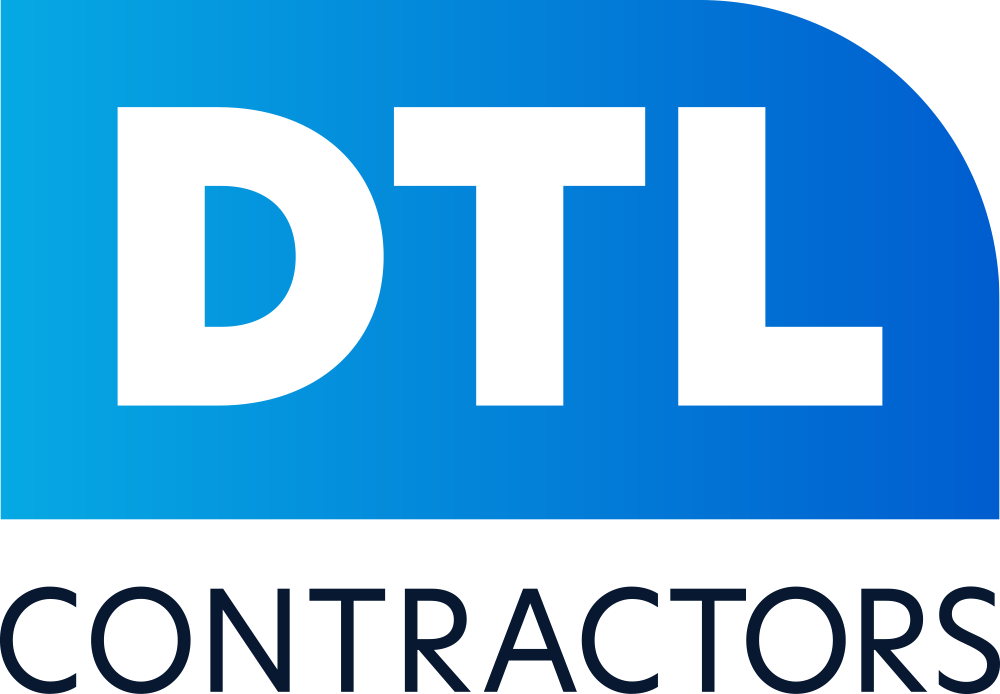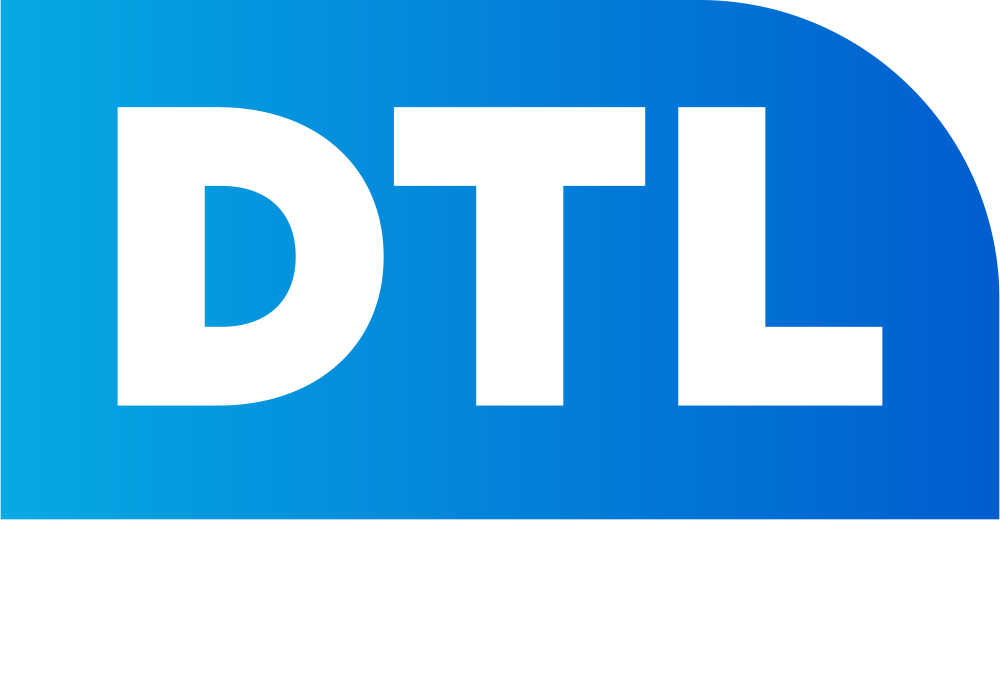Dry lining
Dry lining is an alternative to wet plastering when an internal wall needs a uniform finish. The cost of materials is similar either way, but dry lining is a quicker process, so the labour costs are lower.
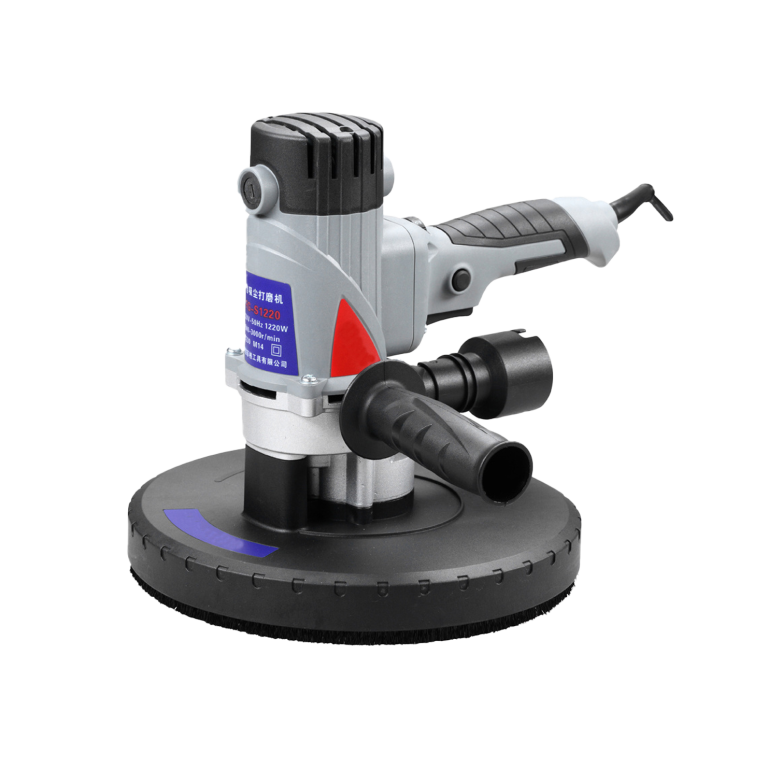
Dry lining
Dry lining is an alternative to wet plastering when an internal wall needs a uniform finish. The cost of materials is similar either way, but dry lining is a quicker process, so the labour costs are lower.
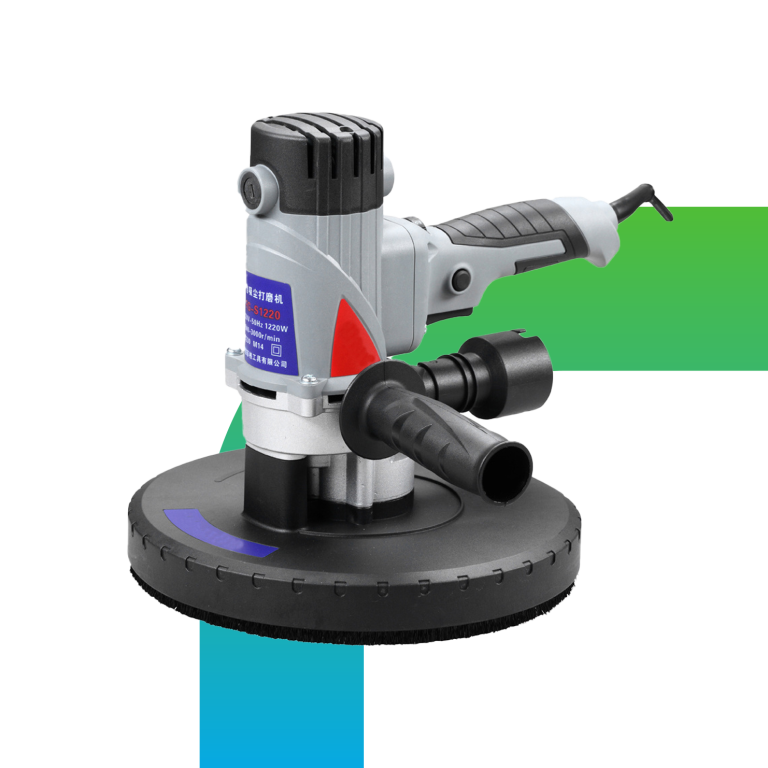
A bit about Dry Lining
Dry lining uses plasterboards which are glued directly to the bare brickwork. The boards come in standard sizes of 2.4m x 1.2m x 12.5mm thick and can be cut to size to fit any wall. If soundproofing is a requirement, there are specialist boards available that offer increased noise damping. Similarly, other panels are available for increased fire protection or use in damp areas, such as behind tiles in bathrooms.
After the boards are installed, we apply tape over all the joints, which is then skimmed over to give a uniform finish. The wall can be painted or papered immediately as there is no drying time required.
FAQs
As long as it’s properly prepared, it’s a lot easier to paint than wet plaster, which needs leaving to thoroughly dry, then needs a sealing coat and multiple topcoats.
We use various methods for hiding the joins of the boards so you can paint or paper the wall as soon as we leave.
Plasterboard isn’t massively load-bearing. So, you need to consider what the room will be used for and if heavy shelves or radiators will be attached to the walls.
It’s a quicker process than wet plastering, so the labour costs are lower. However, the cost of the raw materials – plasterboards and adhesive are higher than wet plaster. So overall, it’s usually a cheaper option.
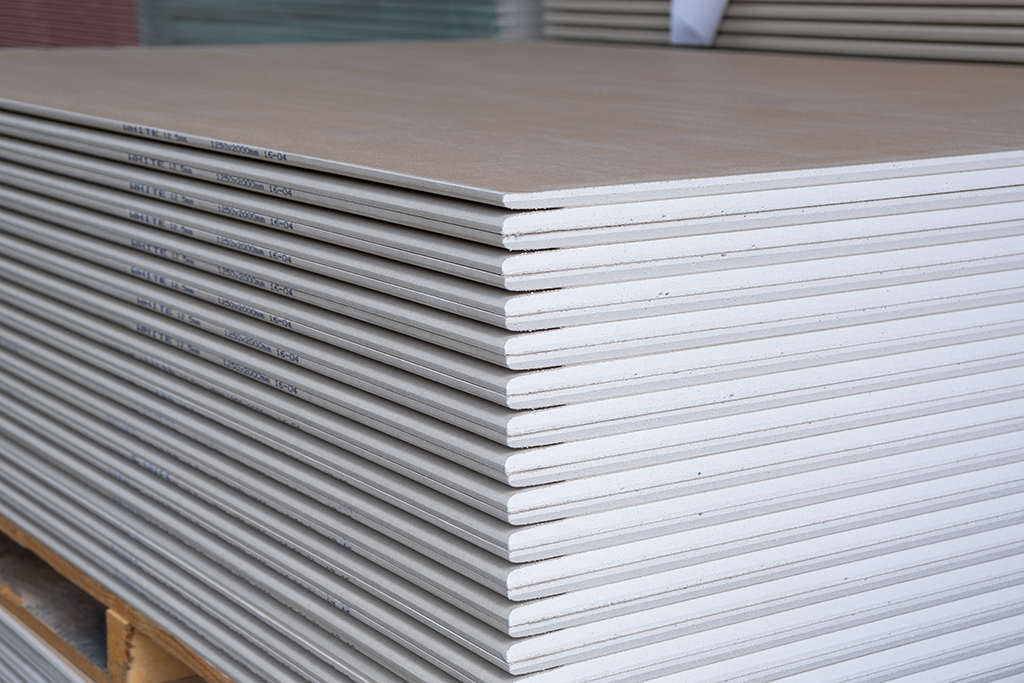
TESTIMONALS
GET IN TOUCH
Got a question? Or want to talk about a project? Get in touch with us and we will get back to you as soon as possible.
